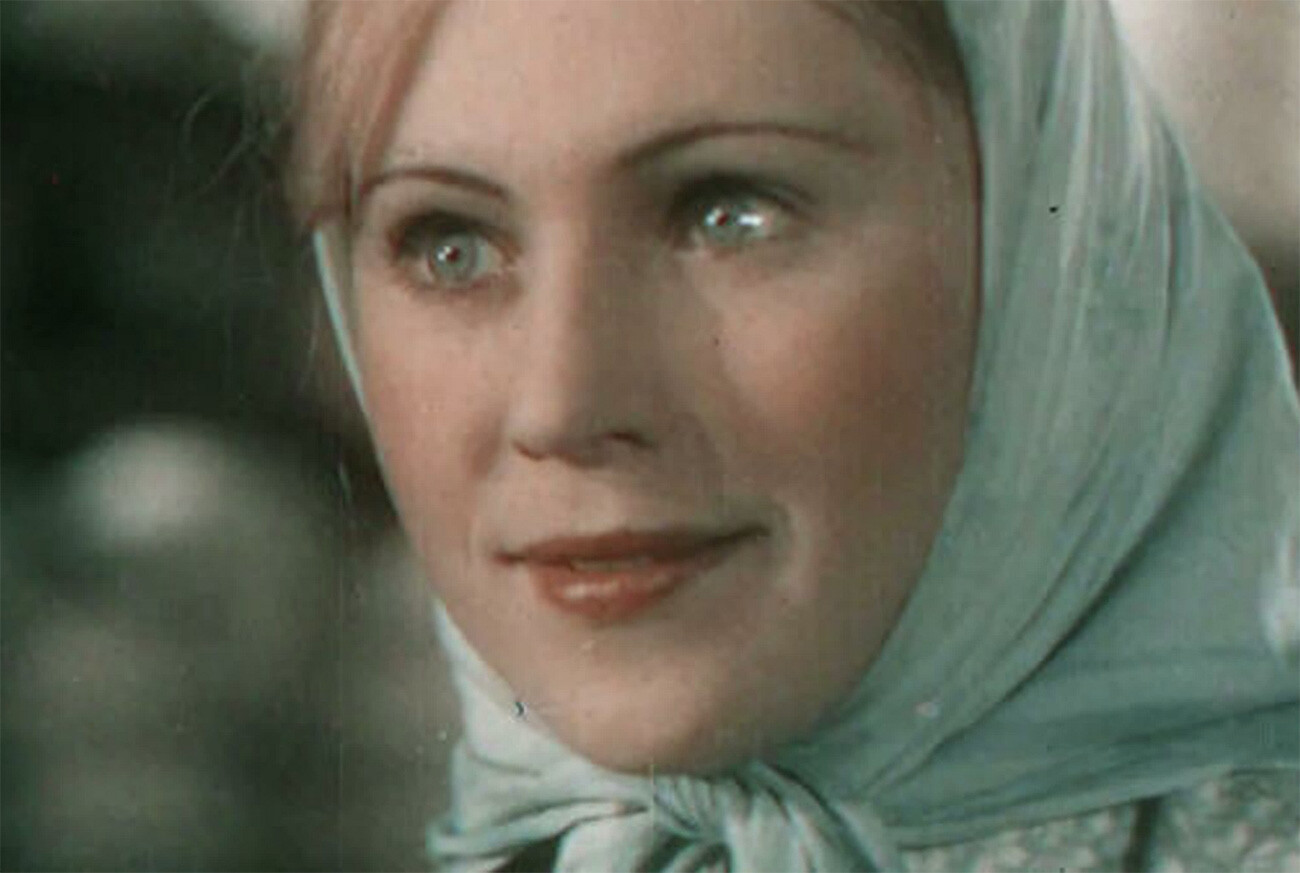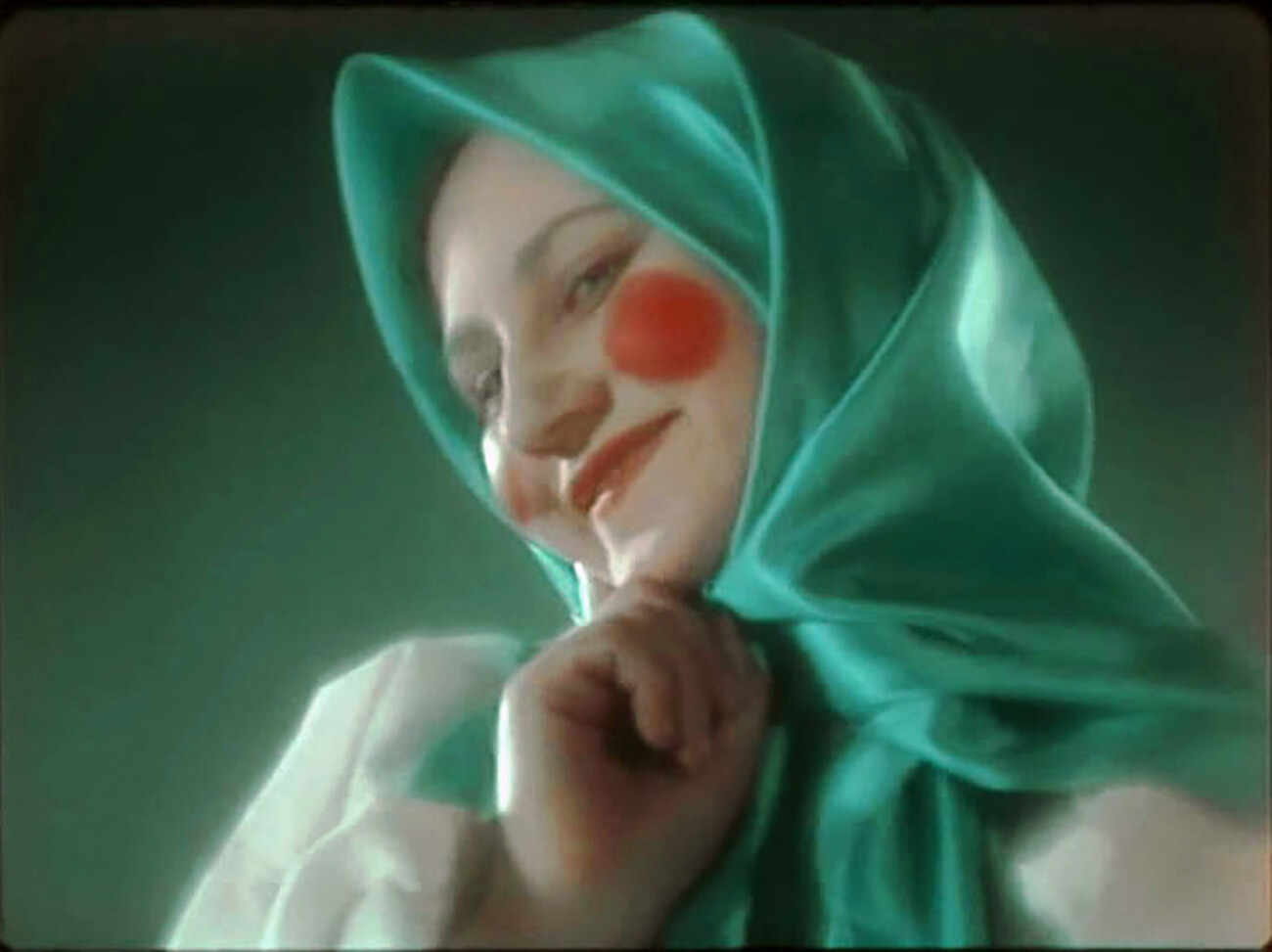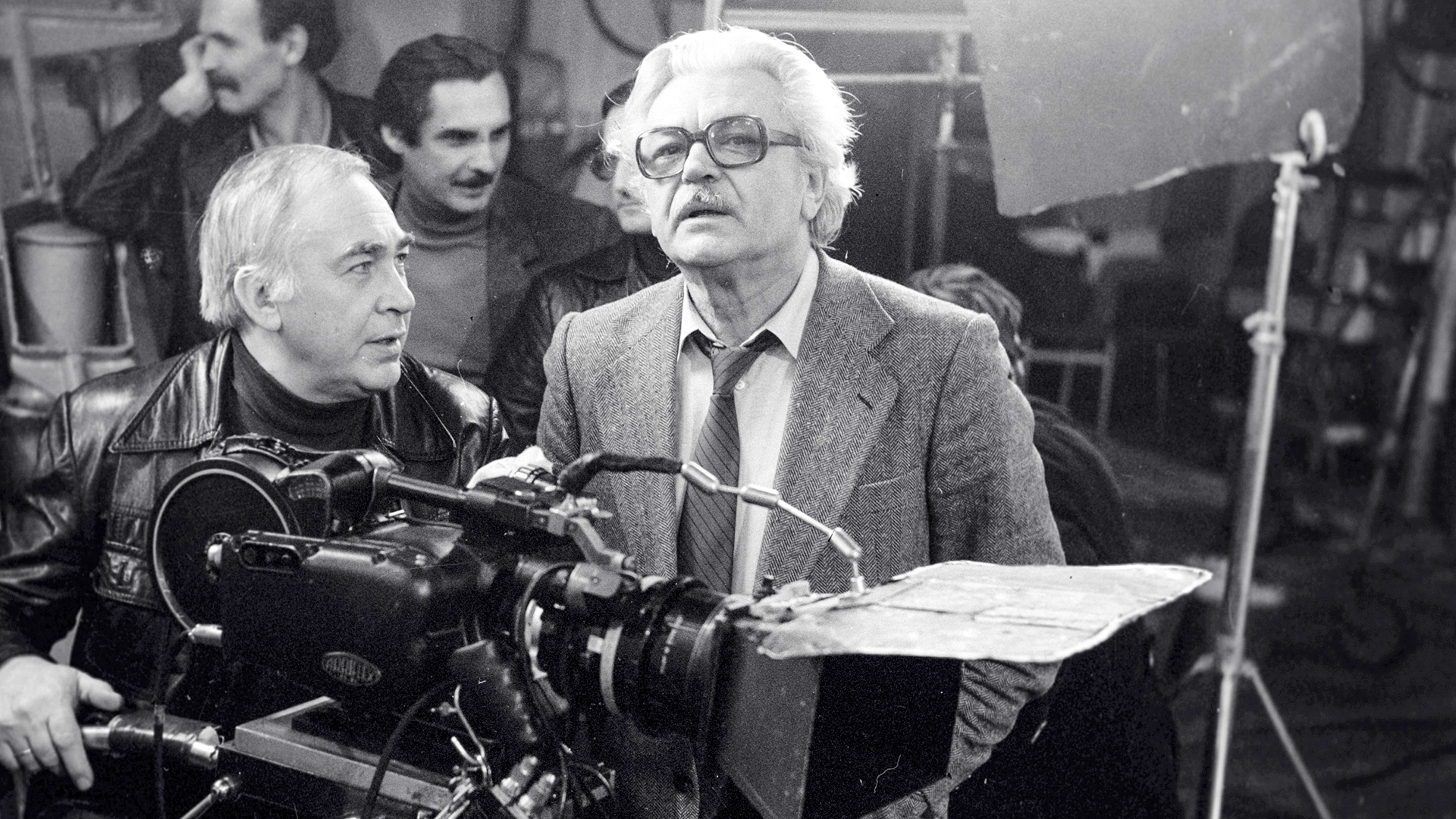
What was the first color movie of Soviet cinema? (PICS)

‘Battleship Potemkin’, shot in 1925, was the first movie with something not just in black-and-white tones. It featured a bright-red flag that director Sergei Eisenstein personally painted with a brush on the actual film. The first feature-length Soviet movie in full color was released on Soviet screens only 11 years later. It was ‘The Nightingale’ (or ‘Grunya Kornakova’) by Nikolai Ekk – a movie about a female workers’ riot in pre-revolutionary Russia.

Resistance with dinner plates
Nikolai Ekk was a student of Vsevolod Meyerhold, Soviet innovator playwright, but, later, he exchanged the theater stage for a film set. After directing ‘Road to Life’ in 1931 – the first Soviet film with sound – he was taken seriously and dubbed the main cinema experimenter (we spoke in detail here about how this movie had to be shown to Stalin at night to bypass censorship). Five years later, Ekk became a pioneer again, releasing the first color movie. Its premiere was held on June 11, 1936, in Khudozhestvenny – the main movie theater of Moscow.

According to the plot, after an arson in one of the porcelain factory’s shops, the father of Grunya Kornakova, one of the factory workers, dies in the fire. Grunya learns that the fire was staged on purpose by the owner of the factory, who planned to blame it all on the workers and receive a large fine from them. The girl raises the workers for a revolutionary struggle… In one of the scenes, the female workers literally shower the policemen with faience dishes, disregarding their shots (about one and a half thousand dishes had to be broken during the filming of this scene!).

A real porcelain factory was found for the shooting of this movie – in the village of Kuznetsovo, Tver Region. The role of the factory girl Grunya was played by Valentina Ivashova, wife of the director; while the workers were played by real workers at the factory.

Excommunicated director
At that time, filming in color was extremely time-consuming. To learn the technology of it, before filming his ‘The Nightingale’, Nikolai Ekk even shot a short film called ‘Carnival of Colors’, in which he experimented with color on screen.

The further fate of the experimental director was quite tragic. After ‘The Nightingale’ in 1939, he managed to produce another color movie and then fell into disgrace. His teacher, director Vsevolod Meyerhold, was branded “an enemy of the people” – but Nikolai Ekk refused to testify against him. For this, Ekk was suspended from directing work. Although, officially, the reason was different: for failing the plan for a movie about Czechoslovak resistance, “slackness” and “low ideological level of the produced material”.
 Footage from the film ‘Carnival of Colors’
Footage from the film ‘Carnival of Colors’
His return to cinema happened only during the era of “the thaw”, after the death of Stalin. But, apart from practice works, Ekk didn’t direct anything anymore; instead, he staged theatrical performances. Despite all of this, he wrote his name into the history of Soviet cinema as a twice-innovator – the man who shot both the first Soviet movie with sound and the first Soviet color movie.
 Footage from the film ‘Carnival of Colors’
Footage from the film ‘Carnival of Colors’












